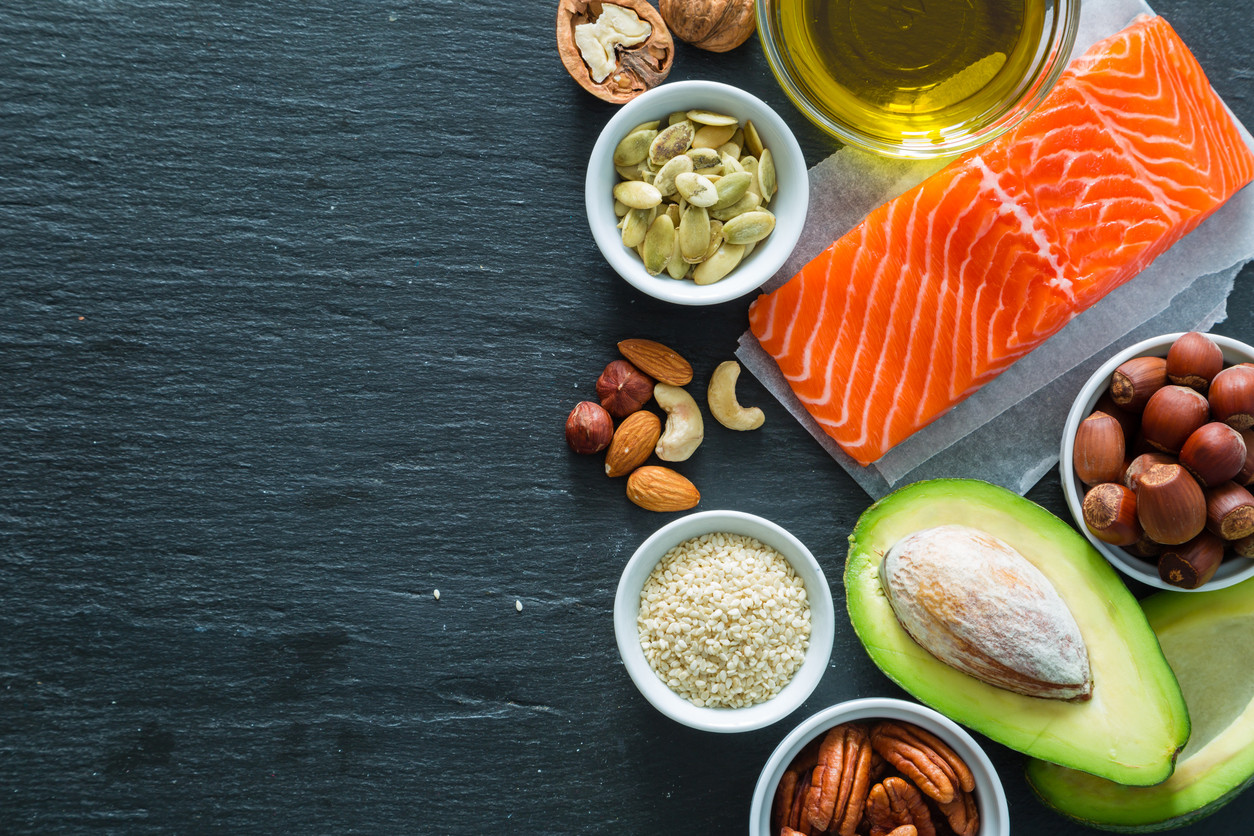Why insulin resistance (and not cholesterol) is responsible for metabolic diseases
“You have high cholesterol, you have to lower it.” This conversation or something similar is a constant in the life of anyone, especially men, once they reach a certain age.
The cholesterol is a substance of pasty texture which is found naturally in our body and is necessary for it to function normally. However, excess cholesterol can accumulate in our veins and arteries, hindering blood circulation and causing serious health problems such as hypertension or heart attacks.
 That is why it is considered as an indicator of cardiovascular health : with high cholesterol, greater risk of diseases, and therefore the recommendation (or medical order) is so common. And to do so, two different strategies are applied: on the one hand, medication, and on the other, reducing the amount of calories ingested.
That is why it is considered as an indicator of cardiovascular health : with high cholesterol, greater risk of diseases, and therefore the recommendation (or medical order) is so common. And to do so, two different strategies are applied: on the one hand, medication, and on the other, reducing the amount of calories ingested.
The association between calories, cholesterol and diseases
However, some scientists warn that this approach may not be the most appropriate. In an article published in The Pharmaceutical Journal, a multidisciplinary team points out that we may be focusing on the wrong enemy, and that it is not cholesterol and the number of calories we eat that make us sick, but insulin resistance and quality or the origin of those calories .
This is his explanation. Chronic diseases are currently the leading cause of death in the world, above war, smoking or AIDS, and heart disease and type 2 diabetes , derived from the so-called metabolic syndrome (hypertension, insulin resistance , high levels of triglycerides in blood among others), are among them the most deadly. This advance is normally related to the increase in the obesity epidemicin the world, associated with a global excess in the consumption of calories .
Why obesity is not the (only) cause
However, there are three factors that question this thesis. The first is that although the prevalence of obesity and diabetes are evident, they do not always go together: there are countries where there is a population that is obese but not diabetic(such as Iceland, Mongolia or Micronesia) and others where non-obese diabeticsabound ( occurs in India, Pakistan or China).
The second is that, although it is true that 80% of the obese population suffer from at least one of the four diseases associated with the metabolic syndrome (hypertension, dyslipidemia, fatty liver or type 2 diabetes) , 20% of the morbidly obese do not suffer from none and has a normal life expectancy. On the other hand, 40% of adults of normal weight also suffer from these same diseases.
The third is that, observing the trend of diabetes in a country like the US, there is an increase of 25% in its prevalence in both obese and normal weight population .
Therefore, although clearly obesity is a pathological indicator, the global pandemic of metabolic diseases can not be explained by looking only at obesity and the imbalance in the consumption of calories, because people with a weight within what is considered healthy and normal He also suffers.
Less calories or ‘better’ calories?
The error, the authors of the article continue, is that at present, counting calories is the main concern and method of intervention when thinking about obesity and related diseases. The basis of this idea is that the calories are all the same, wherever they come from.
And instead, you need to look at where those calories come from (for example, processed foods instead of fresh foods) and what metabolic changes come from consuming each of them.
And they give an example: by focusing on counting calories, we discriminate foods rich in fats but we favor sugar substitutes and refined starches, which are clearly harmful, because we only consider their calories and their effects in terms of weight .
The real culprit: insulin resistance
Consider the levels of low density lipoprotein (LDL or bad cholesterol) as the main indicator of the risk of cardiovascular disease and diabetes, and therefore focus on reducing them at all costs, either with medication or with diet being somewhat inconsistent or erroneous. It is also not effective to use the body mass index as absolute reference. In many cases patients lose weight quickly with a self-imposed diet and recover it quickly, worsening their metabolic health along the way.
Instead, the authors propose to examine other risk factors that cause these damaging changes in physiology, and the main one, solidly associated with cardiovascular diseases, type 2 diabetes and obesity is the so-called insulin resistance , a biological impediment to respond to the action of insulin.
Several studies have shown that insulin resistance is the best index for predicting cardiovascular diseases and type 2 diabetes, and that correcting it in young adults meant reducing the risk of suffering from these pathologies.
Less carbohydrates, more omega-3 acids
To correct and prevent this resistance is not worth reducing the number of calories. It also matters where they come from.
More and more evidence suggests that a diet low in carbohydrates and high in fat serves to prevent and treat cardiovascular disease, type 2 diabetes and obesity, but most health recommendations continue to insist on low-fat diets, which usually end up assuming that they are high in refined carbohydrates(especially sugars).
In fact, these recommendations usually include replacing saturated fats with unsaturated fats to reduce that bad cholesterol . In practice, this translates into a recommendation of vegetable oils and margarines rich in omega-6 polyunsaturated fatty acids, on omega-3 polyunsaturated fatty acids present in products of animal origin.
“In traditional societies, the ratio of consumption of omega-6 to omega-3 fatty acids was 1: 1. This was the result of a diet rich in fish, plants, free grazing animals and eggs of hens fed with rich plants. in omega-3 , now, in the industrialized countries, the ratio is closer to 20: 1 “, the researchers say, adding that” the benefits of the Mediterranean diet are attributed in large part to its high content of omega-3 and the polyphenols present in nuts, olive oil, vegetables, eggs, fish and the meat of animals fed with grass All the carbohydrates that it contains are accompanied by their respective fibers, reducing the glycemic load, the fatty liver and the insulin resistance “.
Physical exercise, even if little
For food, it is important to unite physical activity in what should be a complete lifestyle change. Even a minimal amount of exercise can reduce insulin resistance. A recent article points out that even a light walk with regularity, about 30 minutes three times a week can have this effect, and another that only 15 minutes a day of moderate to intense activity can extend the life expectancy three years.
The conclusion of the article is that for many patients at high risk of cardiovascular disease, the most effective and safe way to reduce the risk of heart attacks and other serious events is to follow a diet rich in those healthy fats (omega-3 and omega fatty acids). -6 in a balanced way) and with little glycemic load(carbohydrates without fiber), and perform at least some physical exercise .
Instead of investing billions in R & D of new medicines, perhaps part of that money should be spent implementing policies that encourage the population to make a change in their lifestyle (just as it is done with tobacco and alcohol). ) to reverse insulin resistance. Public health should encourage people to consume unprocessed foods that protect them from the dysfunctions that processed food produces, instead of continuing to send messages that focus only on calories , blaming the victims and worsening these pandemics. Thus, and only then, we can mitigate the incidence of cardiovascular diseases and other chronic diseases resulting from the metabolic syndrome.







